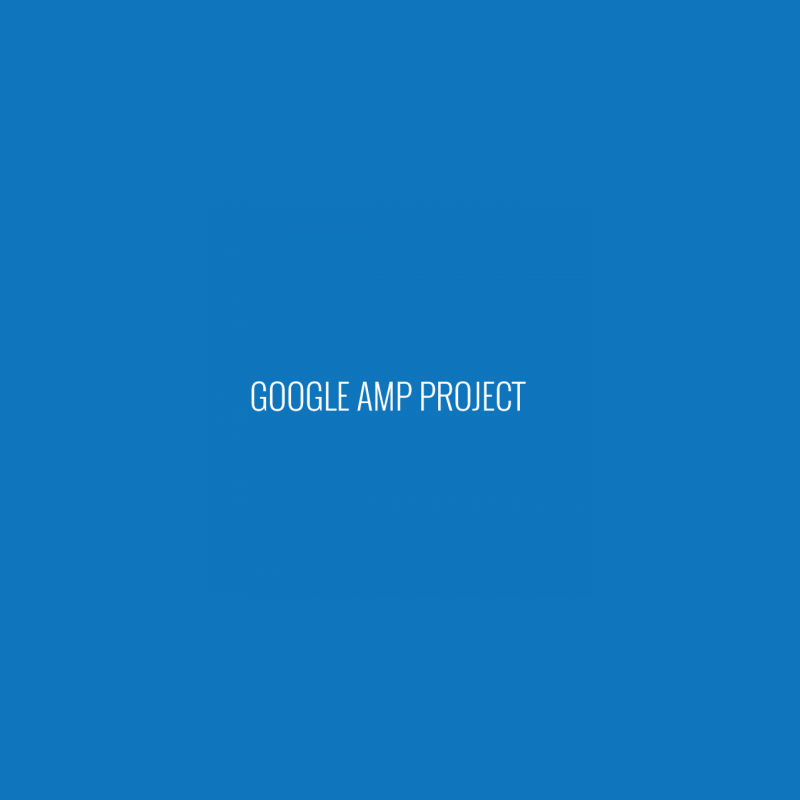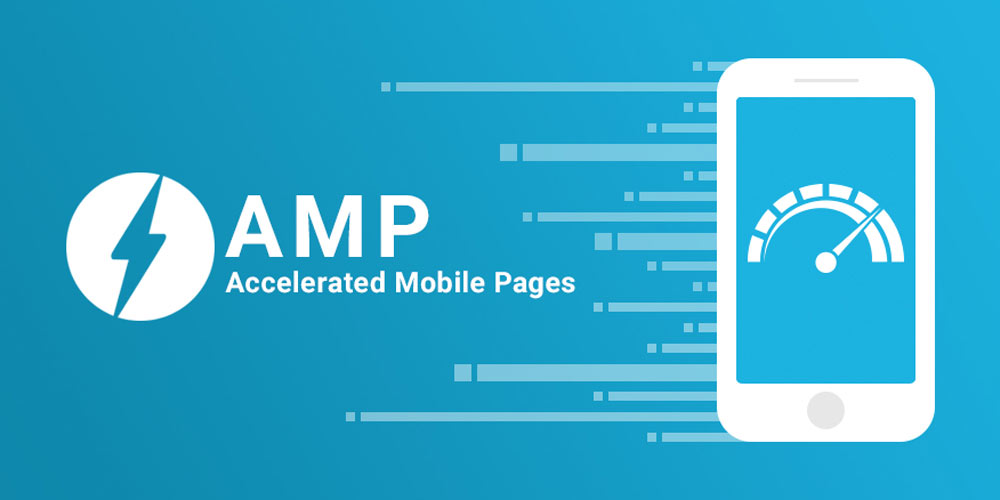
Google's Accelerated Mobile Pages (AMP) pages are meant to load roughly four times faster, and use one-tenth the data if compared to standard web pages, according to Google.
The company also said that AMP-powered mobile display ads should about five seconds faster than traditional display ads.
Many publishers on the DoubleClick exchange reported that they received higher eCPMs on AMP pages for this reason.
To improve AMP, Google announced several AMP technical updates that include:
- Scrolling animations that enables “parallax effects, subtle zoom or fade-in of images, and starting or stopping animations.
- Responsive sidebar which is an improvemed to amp-sidebar to enable changing display format based on the width of the viewport.
- Native video analytics that supports AMP.
- Improved Client ID information to enable consistent ID recognition as users migrate between AMP and non-AMP pages.
- Fluid-ad support for publishers that enables publishers to request ads where the ad size is unknown.
- The post that goes into more technical detail about each of these updates is here.
- Extension tracking to enhance support for fresh data.
"We're trying out something new in the place of our regular AMP Roadmap updates," said Google on its AMP blog.
"We're also continuing to update the AMP Roadmap to reflect progress, and we will keep a section in this post dedicated to talking about where we’re heading next."

Google's AMP project was first announced by the company in 2015 to speed up the mobile web.
When a standard webpage has an AMP counterpart, a link to the AMP Page is usually placed in an HTML tag in its source code. The AMP framework consists of three components: AMP HTML which is a standard HTML with web components; AMP JavaScript which manages the loading of resources; and AMP Caches which serves and validate AMP Pages.
Most AMP Pages are delivered by Google’s AMP Cache, but others can also support AMP Caches.
AMP has progressed and expanded to include more things. Beside ads, it also has analytics.
AMP is often compared to Facebook Instant Articles and Apple News. The three have their own formats, all to achieve one single goal: making mobile content faster and easier to consume. But Google pointed out that AMP is a collaborative effort among publishers and technology companies, and that AMP is designed to work on the open web instead of proprietary mobile apps.
However, some publishers have expressed their concerns about Google’s role and motives regarding the AMP Project.
While AMP is an open-source project, Google is using it to shape how the mobile web works. For business, Google has the control more than anyone else, and AMP is like one part of Google's broader plan to control contents' distribution.